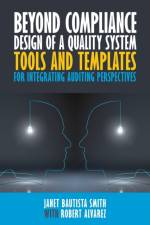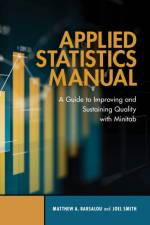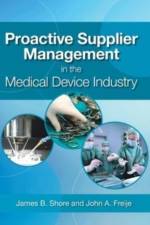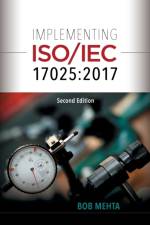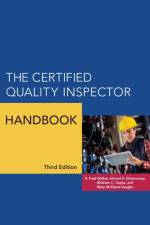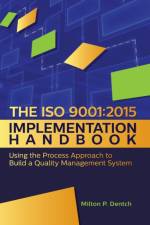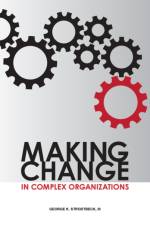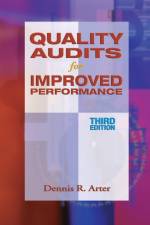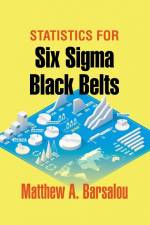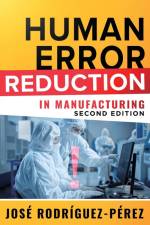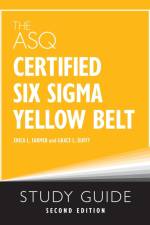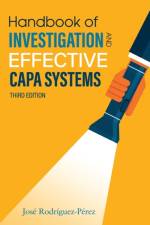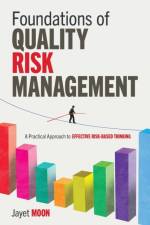av Rupa Mahanti
1 729,-
Good data is a source of myriad opportunities, while bad data is a tremendous burden. Companies that manage their data effectively are able to achieve a competitive advantage in the marketplace, while bad data, like cancer, can weaken and kill an organization.In this comprehensive book, Rupa Mahanti provides guidance on the different aspects of data quality with the aim to be able to improve data quality. Specifically, the book addresses: Causes of bad data quality, bad data quality impacts, and importance of data quality to justify the case for data quality Butterfly effect of data quality A detailed description of data quality dimensions and their measurement Data quality strategy approach Six Sigma - DMAIC approach to data quality Data quality management techniques Data quality in relation to data initiatives like data migration, MDM, data governance, etc. Data quality myths, challenges, and critical success factorsStudents, academicians, professionals, and researchers can all use the content in this book to further their knowledge and get guidance on their own specific projects. It balances technical details (for example, SQL statements, relational database components, data quality dimensions measurements) and higher-level qualitative discussions (cost of data quality, data quality strategy, data quality maturity, the case made for data quality, and so on) with case studies, illustrations, and real-world examples throughout.About the AuthorRupa Mahanti, Ph.D. is a Business and Information Management consultant and has worked in different solution environments and industry sectors in the United States, United Kingdom, India, and Australia. She helps clients with activities such as business process mapping, information management, data quality, and strategy. Having a work experience (academic, industry, and research) of more than a decade and half, Rupa has guided a doctoral dissertation and published a large number of research articles. She is an associate editor with the journal Software Quality Professional and a reviewer for several international journals."This is not the kind of book that you'll read one time and be done with. So scan it quickly the first time through to get an idea of its breadth. Then dig in on one topic of special importance to your work. Finally, use it as a reference to guide your next steps, learn details, and broaden your perspective."from the foreword by Thomas C. Redman, Ph.D., the Data DocDr. Mahanti provides a very detailed and thorough coverage of all aspects of data quality management that would suit all ranges of expertise from a beginner to an advanced practitioner. With plenty of examples, diagrams, etc. the book is easy to follow and will deepen your knowledge in the data domain. I will certainly keep this handy as my go-to reference. I can't imagine the level of effort and passion that Dr. Mahanti has put into this book that captures so much knowledge and experience for the benefit of the reader. I would highly recommend this book for its comprehensiveness, depth, and detail. A must-have for a data practitioner at any level.Clint D'Souza, CEO and Director, CDZM Consulting


